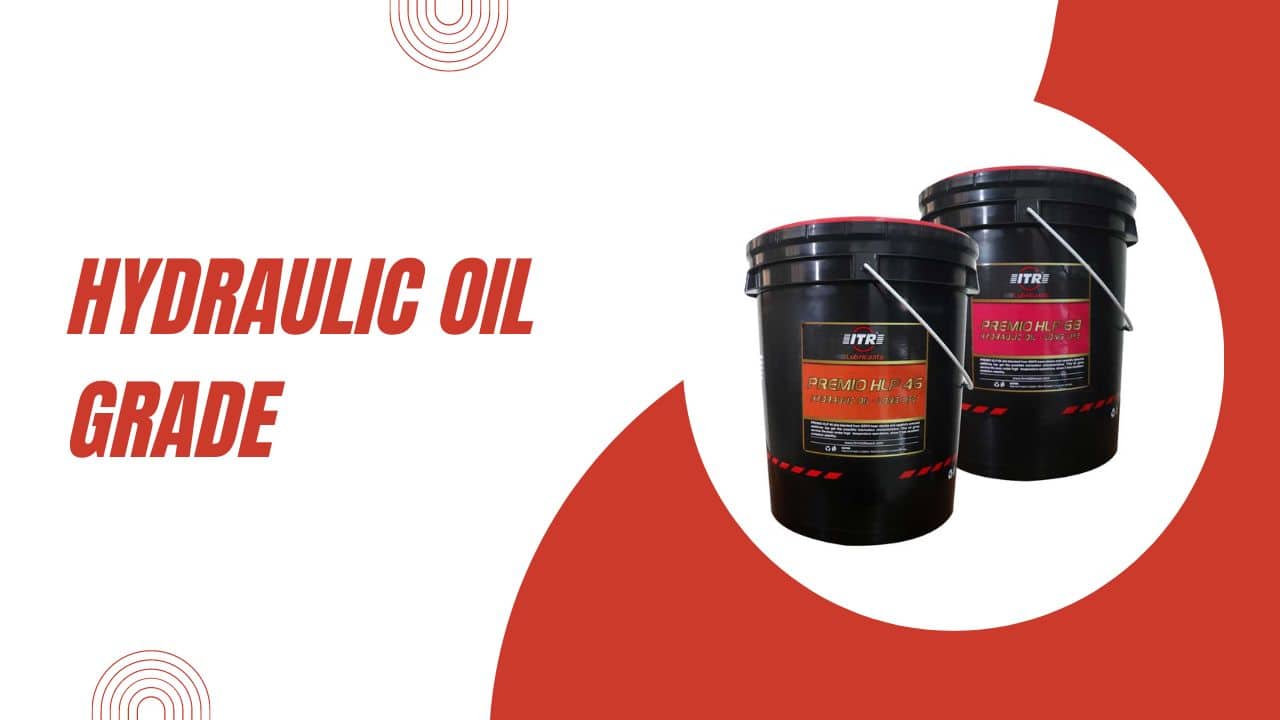
What are the different types of hydraulic oil grades? What is the importance of hydraulic oil grade compatibility? Can you mix hydraulic oil grades? Read on to learn.
The information available out there about hydraulic oils can be confusing. It may be challenging to know what grade of oil to select for your various machines. This article breaks down all the facts about different hydraulic oil grades and simplifies them.
Hydraulic oil grade refers to the International Standards Organization Viscosity Grade (ISO VG). this grade is measured at forty degrees Celsius. It indicates the ability of hydraulic oil to remain liquid at varying temperatures. Regardless of the viscosity grade, the quality of the oil remains the same. Keep reading to understand more about the hydraulic oil grades and their specifications.
Importance of hydraulic oil grade compatibility
Compatibility is an essential factor to consider when selecting hydraulic oil. It affects the performance of your equipment and the frequency of breakdowns. Here are some reasons you should use the recommended hydraulic oil grade:
It is in line with the manufacturer’s recommendation
Hydraulic equipment comes with instructions about the type and grade of hydraulic fluid. Using a compatible hydraulic oil grade ensures the longevity of the equipment. Seeking repair parts may be an impossible task without the manufacturer’s aid. Hydraulic oil grade compatibility facilitates easy repairability in case of machine breakdown.
It prevents overburdening the hydraulics
Different hydraulic grades exist at different viscosities. This difference is because varying temperature levels demand different power from the hydraulic machines. When hydraulic oil grades are compatible, weather and temperature are less likely to affect how well the equipment works.
These viscosity levels mean a variance in the compressibility of the oils. Hydraulics that need a lot of power need to be thicker than hydraulics that doesn’t need as much power.
It ensures the safety of the equipment and those that work around them
Hydraulic oil grades possess different flashpoints and fire points. These temperatures are dangerous because the equipment will catch fire at these points. Hydraulic grade compatibility accounts for the temperatures generated by hydraulic pumps to prevent this catastrophic occurrence.
It maintains the integrity of the hydraulic pumps
Hydraulic oil is a lubricant, sealant, coolant, and power conductor. It is one of the various lubricants available at ITR Lubricants. All these roles ensure the hydraulic pump works without excess friction or heat. It also prevents rusting, maintaining the structure and efficiency of hydraulic equipment.
It minimizes the need for maintenance
Maintenance is required when equipment breaks down, and production is affected. Incompatible hydraulic oil grades may contain insufficient or unnecessary additives that don’t aid the hydraulic pumps. The result of this is damage to the machinery. Frequent maintenance means slower production, lower output quality, and additional operational costs.
Hydraulic oil grade 32
Hydraulic oil grade 32 is the least dense of all oil grades. It is your best option in cold temperatures. The low viscosity allows it to stay liquid even when temperatures drop, in addition to the anti-freeze additives in the oil. It also works in less power-intense hydraulic systems.
This oil grade’s flashpoint is 214 degrees Celsius. Its fire point is 229 degrees Celsius. The fire point is the temperature at which the oil catches fire and maintains it even when the source of fire is removed. It is higher than the flashpoint.
Hydraulic oil grade 46
Hydraulic oil 46 is thicker than grade 32. It is best suited for moderate and cold temperature environments. The medium viscosity allows it to work in varying temperatures, provided temperature extremes are not reached. The flashpoint for this oil grade is 227 degrees celsius, and its fire point is 241 degrees Celsius.
Hydraulic oil grade 68
Hydraulic oil grade 68 is the thickest of all grade types. Its high viscosity index means it is perfect for warm and hot temperatures. The thickness ensures that high temperatures do not make the oil thin. The density also facilitates optimal performance in the most power-intensive machinery, in addition to the anti-wear additives in the oil.
The flashpoint of hydraulic oil grade 68 is 232 degrees Celcius. A flashpoint refers to the temperature at which the oil can ignite but cannot maintain the ignition. The oil’s high ignition point provides a wide berth for your equipment to operate.
Conclusion
Hydraulic oil is the heart of your hydraulic system equipment. You must use the correct hydraulic oil grade to maximize the machines’ lifetime and minimize breakdowns. Regulate the temperatures your equipment operates at to aid the efficiency of the hydraulic oils powering them.
Contact us today for a quote for the best ISO-certified hydraulic oil by ITR Lubricants. ITR Lubricants is a long-standing company, established in 2006 as a one-stop solution for all your hydraulic needs. We employ Italian hydraulic oil production technology with sixteen facilities and fifty-seven distributors.
